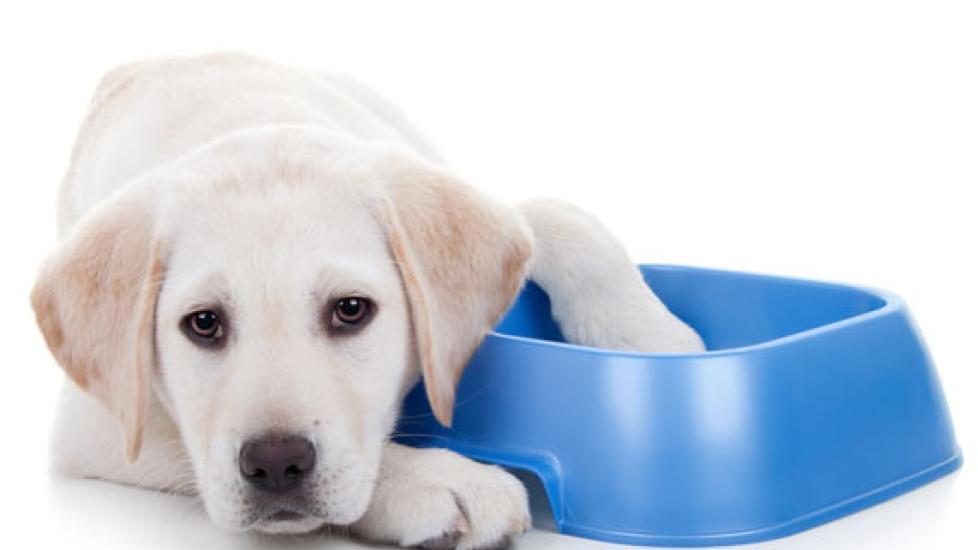A New Way to Look at Weight Loss in Dogs
I’ve started thinking about weight loss in a slightly different way than I did in the past. I used to put dogs on a diet, get the weight off of them (sometimes), and then worry about how to keep it off later. Now I think of weight loss and weight maintenance as essentially the same thing. My goal is to find a diet that a dog can eat for the foreseeable future that will first get the weight off and then keep it off. Here’s why.
Weight gain is a sign that something is out of kilter with a dog’s energy balance; too much food, too many treats, the wrong type of food, and/or too little exercise are the culprits.
In a perfect world, I would be able to prescribe a change in the type/amount of food, the elimination of treats, and increased exercise, my recommendations would be followed, and the dog would lose an appropriate amount of weight. But let’s be honest. People have an incredibly hard time doing this even when their own wellbeing is at stake. To ask them to make radical adjustments in their dog’s (and therefore their own) lifestyle is simply too much. But there is an easier way.
First, forget about exercise. Don’t get me wrong, exercise is great and can really help dogs get and stay slim. I just don’t think many owners can maintain significant increases in the amount of exercise they provide their dogs for the long term. I look at any increase in exercise as a bonus. If it happens, great, but don’t plan on it.
Second, keep giving treats. This is a habit that many owners find virtually impossible to break, and if it makes them and their dogs happy, who am I to say that it should be broken at all? My goal is to get the caloric intake from treats to less than 10% of the dog’s total calories for the day. We can usually do this with some simple modifications—breaking dog biscuits in half, switching to a lower calorie treat (mini carrots are great), etc.
Now on to weight loss/maintenance diets. You need to find one that works for both you and your dog. Remember, you may be feeding this diet for many years to come. The three top characteristics to consider are:
- Price
- Ease of acquisition
- Nutrition
Price and ease of acquisition are relatively straightforward. Only consider foods that won’t break your budget and that you can get relatively easily (some can be shipped directly to you). Ask yourself, “Am I going to be able to feed this food for the next five years or longer?”
From a nutritional standpoint, look for foods have the following characteristics:
- Somewhere on the label you see a statement along the lines of “Brand A adult dog food provides complete and balanced nutrition for maintenance of adult dogs.” Some weight loss diets are only meant for short term feeding and don’t have statements like these on their labels.
- It contains enough protein. A minimum of 30% on a dry matter basis is good. (Check the guaranteed analysis). Adequate protein levels will help dogs maintain muscle mass while they are losing weight in the form of fat.
- It is designed for weight loss/maintenance. Studies have shown that dramatically reducing the amount of “regular” dog food you offer will result in weight loss… but also in nutritional deficiencies. The American Association of Feed Control Officials (AAFCO) has guidelines that a food has to adhere to if the manufacturer wants to use words like “Light,” “Low Calorie,” “Reduced Calories,” “Low Fat,” etc.
The bonus from looking at weight loss and maintenance in this new way? When your dog reaches its target weight, you should be able to start giving him or her a little more food. What a great reward after a successful diet!

Dr. Jennifer Coates
Image: Thinkstock
